Was sind die Unterschiede zwischen E-Bikes und Fahrrädern? Was sind ihre Vor- und Nachteile?

Es gibt erhebliche Unterschiede zwischen E-Bikes (elektrisch unterstützten Fahrrädern) und herkömmlichen Fahrrädern. Diese Unterschiede spiegeln sich hauptsächlich in der Antriebsquelle, dem Fahrerlebnis, den Funktionsmerkmalen, den Vor- und Nachteilen usw. wider.
Unterschiede
Energiequelle:
E-Bike: Ein Hybridantriebssystem, das menschliche Kraft und Elektrizität kombiniert, mit einem eingebauten Elektromotor, der beim Fahren Kraftunterstützung bietet.
Traditionelles Fahrrad: Es ist vollständig auf die menschliche Kraft angewiesen und wird über ein Pedalketten-Antriebssystem vorwärts bewegt.
Radfahrerfahrung:
E-Bike: Besonders bergauf, gegen den Wind oder über längere Strecken erleichtert das Fahren die Fahrt. Die elektrische Unterstützung kann die körperliche Belastung deutlich reduzieren. Gleichzeitig können Radfahrer die Unterstützungsstufe nach Bedarf anpassen und so ein individuelles Fahrerlebnis erzielen.
Herkömmliches Fahrrad: Das Fahrerlebnis hängt vollständig von der körperlichen Fitness und den Fähigkeiten des Fahrers ab und erfordert mehr körperliche Anstrengung.
Merkmale:
E-Bike: In der Regel mit elektronischer Ausstattung wie Akkus, Motoren und Steuerungen sowie entsprechenden Anzeigeinstrumenten zur Anzeige von Leistung, Geschwindigkeit und Unterstützungsstufen ausgestattet. Einige High-End-E-Bikes verfügen zudem über intelligente Vernetzungsfunktionen, die über mobile Apps ferngesteuert und die Daten überwacht werden können.
Traditionelles Fahrrad: Die Struktur ist relativ einfach, besteht hauptsächlich aus mechanischen Komponenten wie Rahmen, Radsatz und Getriebe und erfordert keine Unterstützung durch elektronische Geräte.
Unterschiede
Energiequelle:
E-Bike: Ein Hybridantriebssystem, das menschliche Kraft und Elektrizität kombiniert, mit einem eingebauten Elektromotor, der beim Fahren Kraftunterstützung bietet.
Traditionelles Fahrrad: Es ist vollständig auf die menschliche Kraft angewiesen und wird über ein Pedalketten-Antriebssystem vorwärts bewegt.
Radfahrerfahrung:
E-Bike: Besonders bergauf, gegen den Wind oder über längere Strecken erleichtert das Fahren die Fahrt. Die elektrische Unterstützung kann die körperliche Belastung deutlich reduzieren. Gleichzeitig können Radfahrer die Unterstützungsstufe nach Bedarf anpassen und so ein individuelles Fahrerlebnis erzielen.
Herkömmliches Fahrrad: Das Fahrerlebnis hängt vollständig von der körperlichen Fitness und den Fähigkeiten des Fahrers ab und erfordert mehr körperliche Anstrengung.
Merkmale:
E-Bike: In der Regel mit elektronischer Ausstattung wie Akkus, Motoren und Steuerungen sowie entsprechenden Anzeigeinstrumenten zur Anzeige von Leistung, Geschwindigkeit und Unterstützungsstufen ausgestattet. Einige High-End-E-Bikes verfügen zudem über intelligente Vernetzungsfunktionen, die über mobile Apps ferngesteuert und die Daten überwacht werden können.
Traditionelles Fahrrad: Die Struktur ist relativ einfach, besteht hauptsächlich aus mechanischen Komponenten wie Rahmen, Radsatz und Getriebe und erfordert keine Unterstützung durch elektronische Geräte.




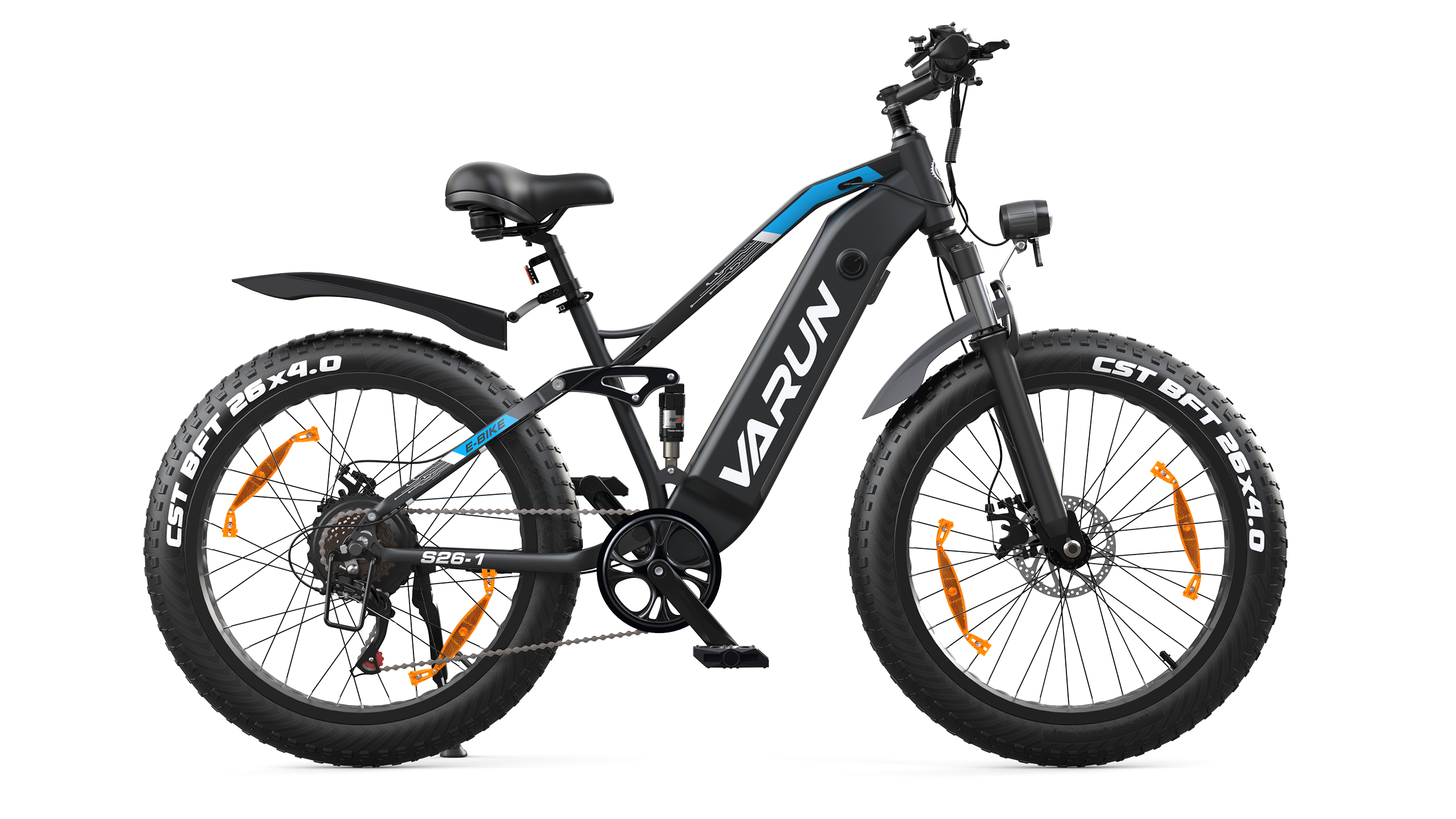
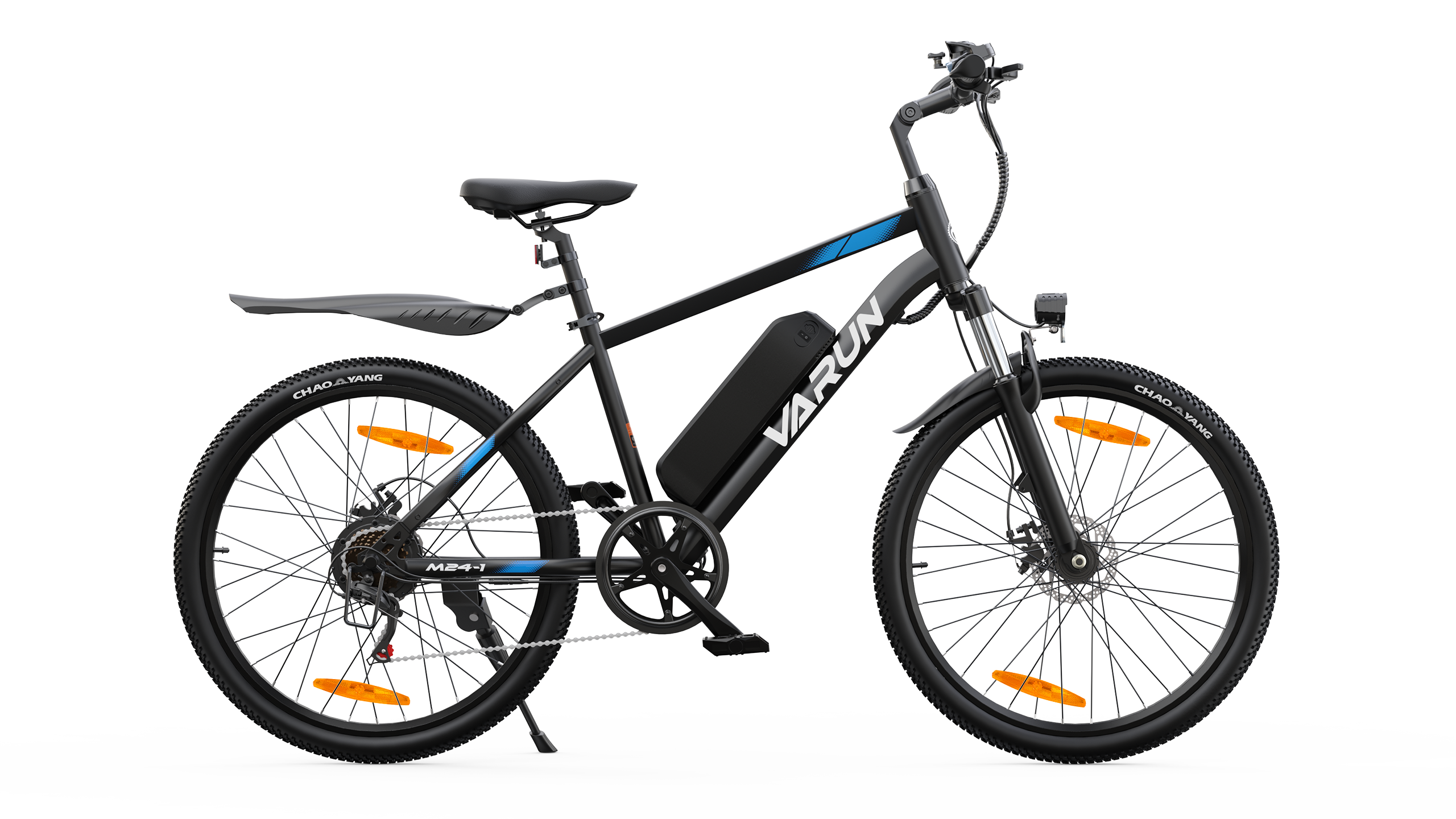
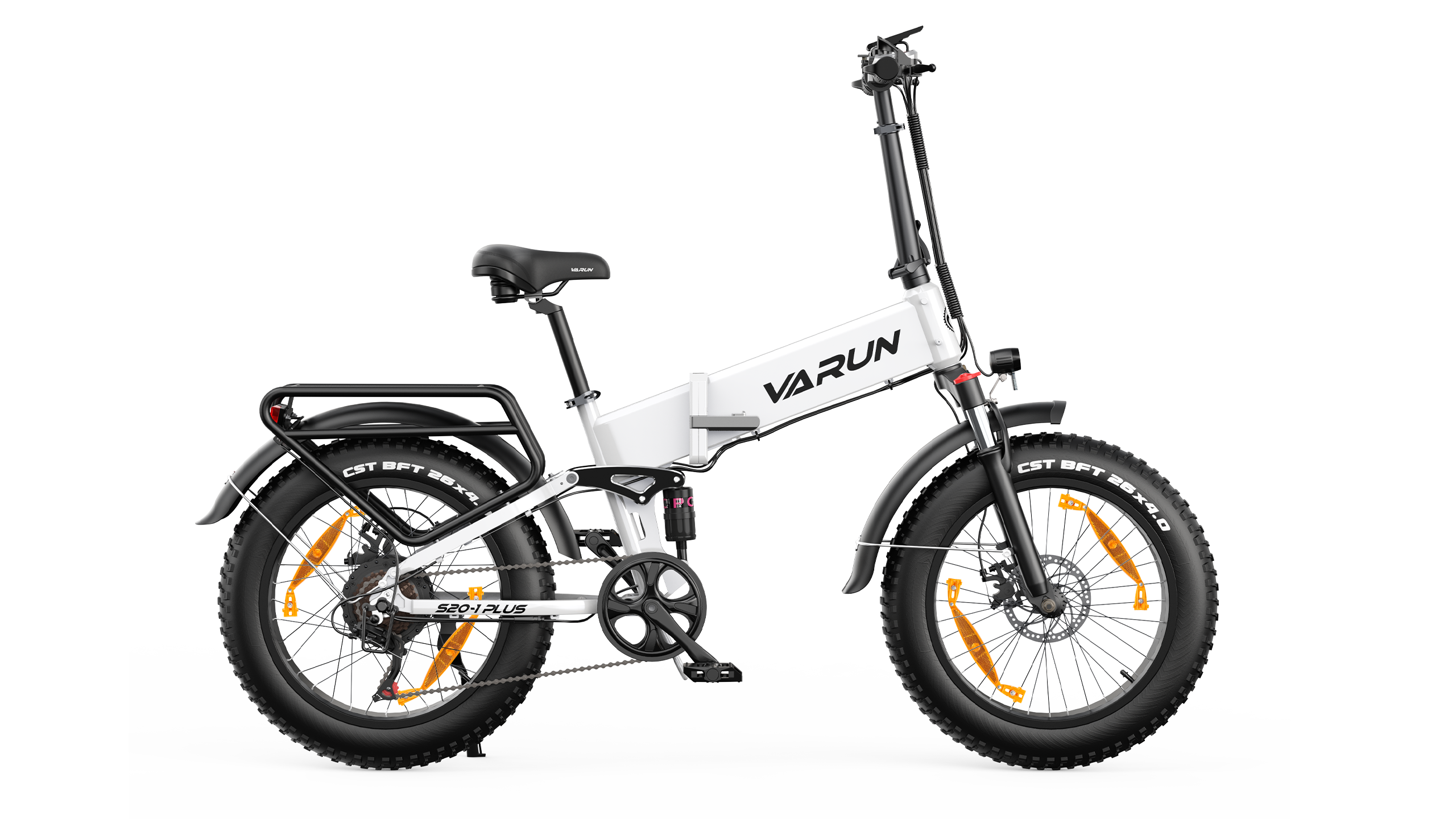





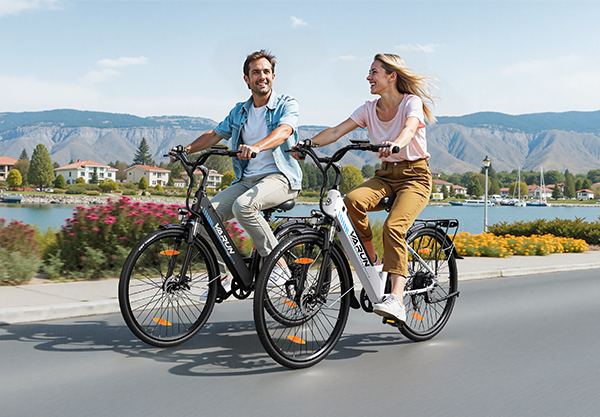

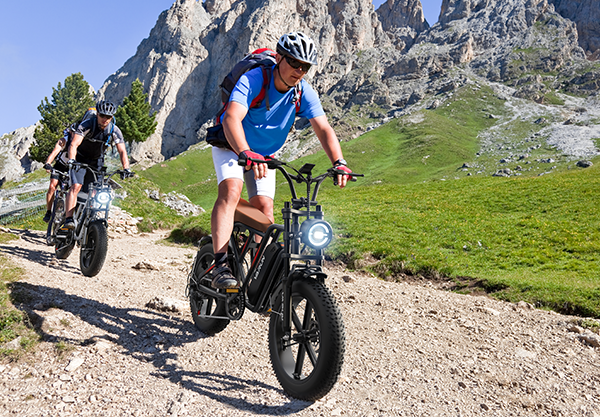

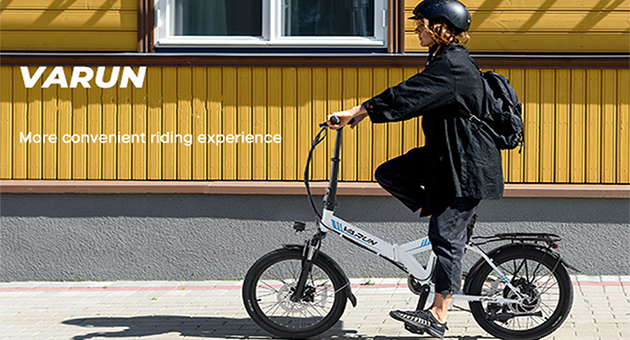

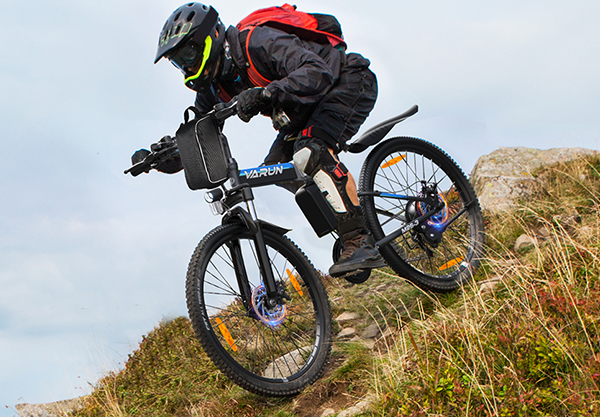








Hinterlassen Sie einen Kommentar